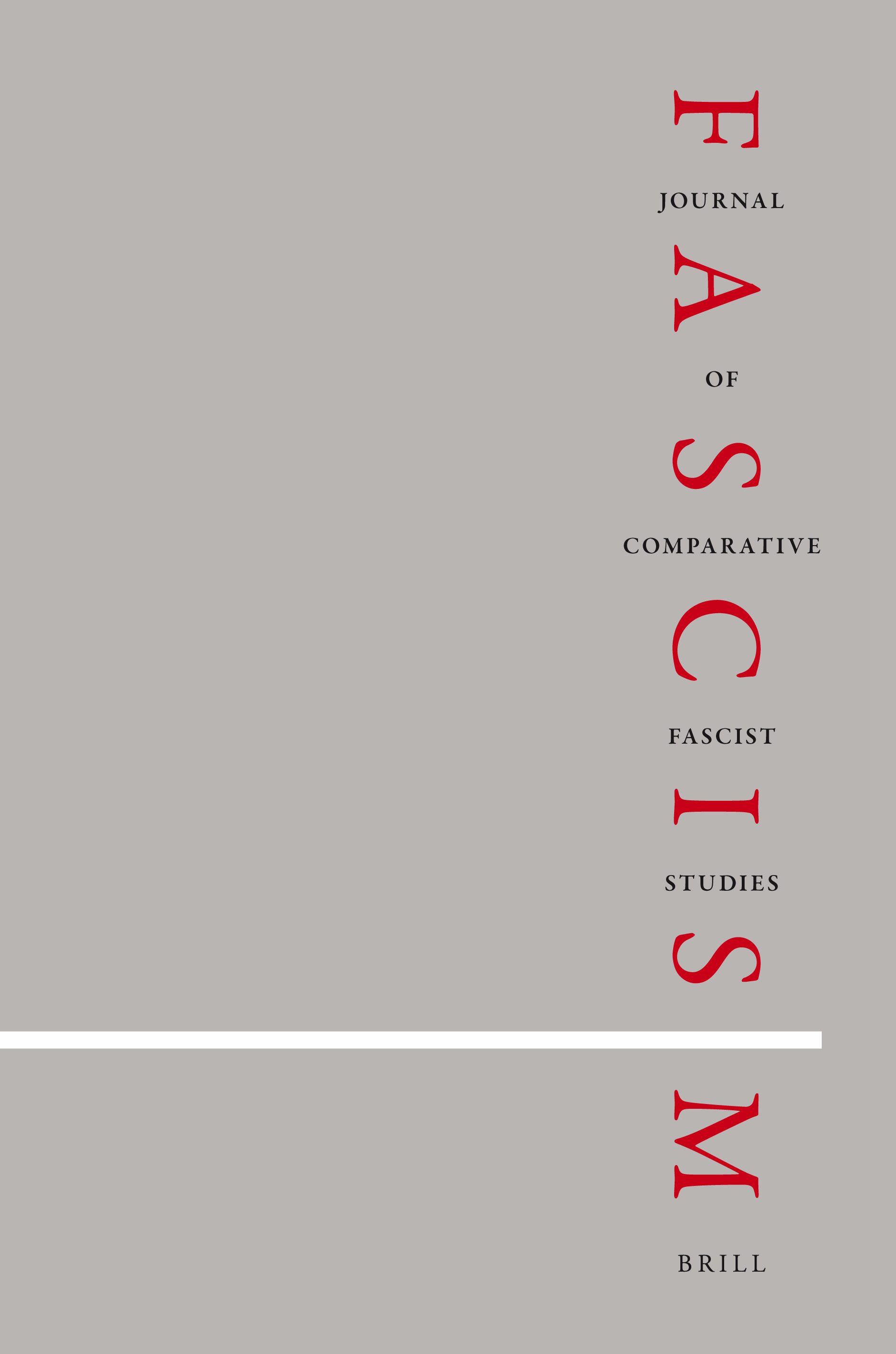The brief experience of the authoritarian and corporatist government led by Uriburu in Argentina promoted a new wave of influence of Italian and [Germanic] fascism and the European reactionary right. Uriburu was a reader of Criterio and La Nueva República, an admirer of Italian Fascism, and a personal friend of Leopoldo Lugones and Juan Carulla. In the context of the failed radical military rebellion of 1931 and with no support from the military coup leaders, he adopted intermediary positions between fascism and conservative authoritarianism.74
After his fall in 1932, nationalist groups and their means of expression multiplied. The authoritarian right began reaching larger audiences and increased their mobilizing power and their calls to put an end to the Jewish–Bolshevik conspiracies and the democratic order. However, the Argentine nacionalistas failed to create a unified party. Disputes between its main leaders—Uriburu; Manuel Fresco, who would become governor of Buenos Aires between 1936 and 1940; Enrique Osés, director of the nationalist newspaper Crisol; Juan P. Ramos; Leopoldo Lugones and Juan Queraltó—prevented it.75
The most relevant group were influenced by Charles Maurras, Ramiro de Maeztu and Oswald Spengler, but also by Mussolini, Hitler, José Antonio Primo de Rivera and Oswald Mosley. The right‐wing movements Acción Nacionalista Argentina and Afirmación de una Nueva Argentina expressed a strong fascist influence and acknowledged the Uriburu dictatorship as an expression of Argentine fascism.76 In this context, some nacionalistas ended up defining their ideology as a Catholic fascism.77
[…]
Although the ambition of Fascist Italy was clear, taking the place that Spain had been in the past and strengthening ties with Latin‐America by relying on Italian emigrant communities was a very difficult project. Cultural propaganda was the privileged field of action of the Fascist régime and Argentina was the country where the activity assumed the greatest scope. Art exhibitions, intellectual exchanges, financing of cultural institutions, newspapers, magazines, and schools were some of the principles of this cultural diplomacy.
The most ambitious mission was the publication of the newspaper Il Mattino d’Italia, founded in May 1930. Its director, Mario Appelius, sought to make Argentina the benchmark for Latinity in Latin America and simultaneously link it with the three benchmarks European Latin nations, Italy, France, and Spain. The newspaper grew in its diffusion and in May 1936, as a result of the conquest of Addis Ababa and the proclamation of the empire, reached 250.000 copies.84
Click here for events that happened today (December 1).
1941: Emperor Hirohito gave his tacit approval to the decision of the Imperial council to initiate war against the United States.
2007: Ivo Rojnica, Croatian fascist, bit the dust.


